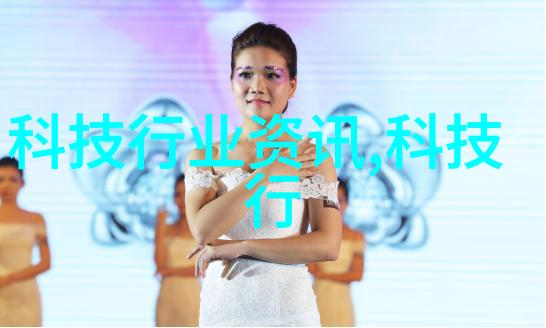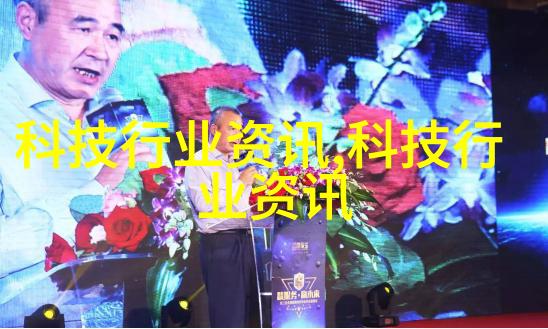EDI纯水设备系统,通过先进的技术手段,为工业生产带来稳定的去离子水。与传统混合离子交换技术相比,EDI纯水设备在以下几个方面表现出色:

出水质量一致性高:ED pure water device ensures consistent quality of the final product, surpassing traditional methods in maintaining a stable output.
自动化程度更高:With advanced automation features, EDI systems require less manual intervention compared to their predecessors.

更长的运行时间间隔:ED pure water devices minimize downtime due to regeneration, providing longer periods between maintenance cycles.
化学消耗减少:The need for chemical regeneration is eliminated in EDI systems, resulting in lower operating costs and reduced environmental impact.

经济效益显著:Lower running costs make ED pure water devices an attractive option for businesses looking to reduce expenses without compromising on quality.
小型化设计便于安装:Compact designs allow for easier integration into existing facilities, saving space and simplifying installation processes.

无污染排放解决方案:By eliminating the need for chemical regenerants and minimizing waste production, ED pure water devices contribute to a cleaner environment while producing high-quality purified water consistently.
A brief history of the development of high-purity water equipment:

Stage 1: Pre-treatment → Activated carbon → Ion exchange
Stage 2: Pre-treatment → Reverse osmosis (RO) → Ion exchange
Stage 3: Pre-treatment → RO + Electrodeionization (EDI)
Reverse osmosis technology removes approximately 95% -98% of dissolved salts from the feedwater; however, it still falls short of meeting industrial demands that necessitate even higher purity levels than those achieved by reverse osmosis alone.
In recent decades, mixed-bed ion exchange technology has been widely adopted as the standard method for purifying water due to its ability to produce highly purified effluent with minimal residual impurities present after treatment.
However,
the limitations inherent in this process have become increasingly apparent with time:
purely relying on ion-exchange resin requires periodic regeneration using large volumes of chemicals like acids or bases which are not environmentally friendly.
To overcome these drawbacks,
a new generation of purification technologies emerged:
Electrodeionization (EDI),
which combines both membrane filtration and ion-exchange resin functions within a single unit.
This innovative approach eliminates several stages typically required by other conventional methods such as distillation or deionizing resins combined with activated carbon beds.
These developments paved way towards creation more efficient systems that can deliver superior performance at lower operational cost than traditional methods were able too provide before this breakthrough occurred since then many industries began adopting these advanced techniques because they could achieve much better results without needing extra resources beyond what was already available on site which made them very appealing indeed especially when considering long-term sustainability factors involved here including energy efficiency considerations among others…